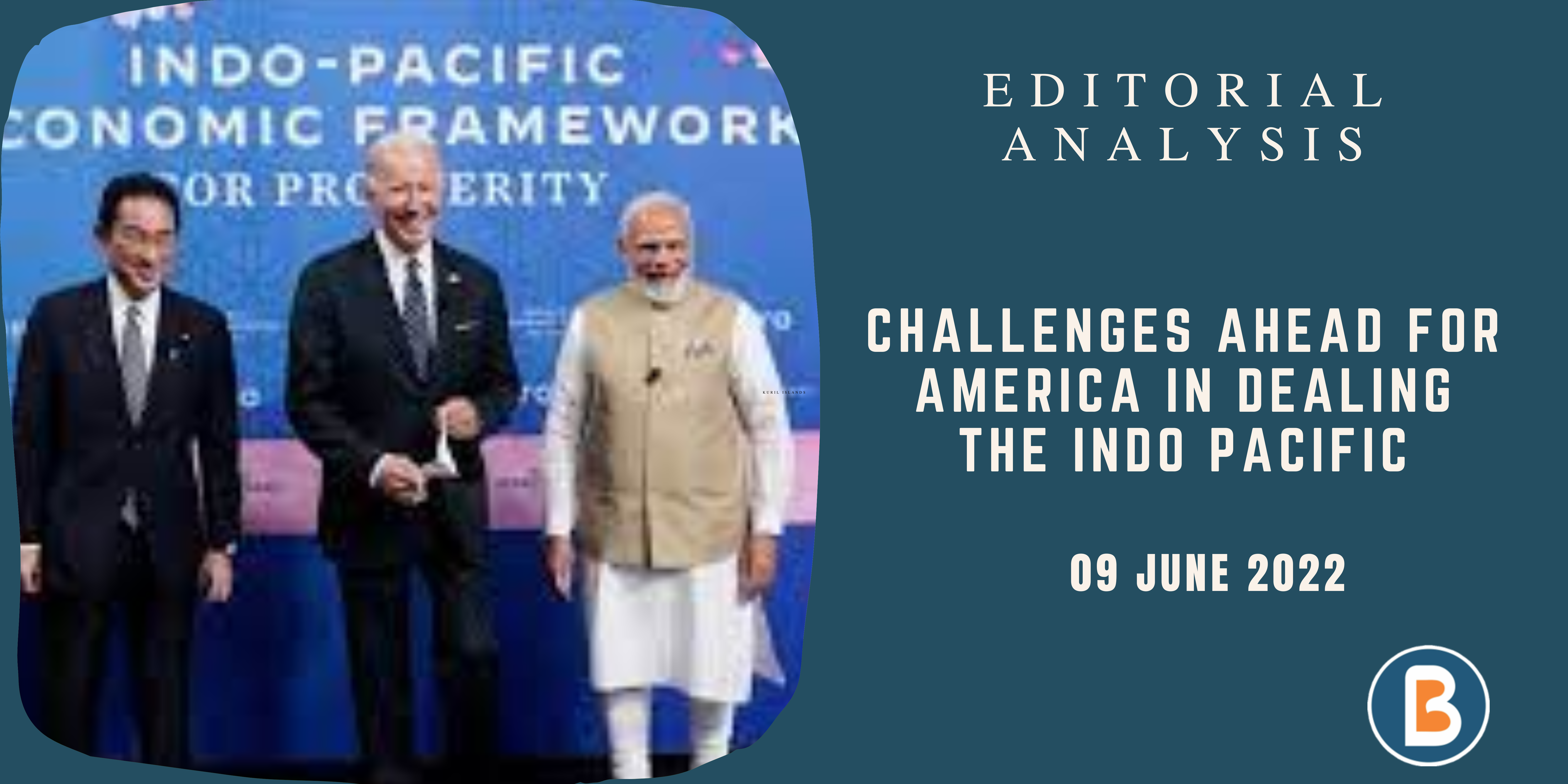Sustainable building materials
Context:
With over 3,00,000 housing units being constructed annually, India is experiencing a remarkable surge in construction activity which is also bringing substantial environmental concerns.
- The construction sector accounts for more than 33% of India’s electricity usage which also contributes to environmental degradation.
- This in turn exacerbates the issue of climate change.
- The India Cooling Action Plan forecasts an increase in cooling demand from 2017 to 2037.
Relevance:
GS-03 (Infrastructure, Conservation)
Facts for prelims:
- Sustainable Development Goals (SDGs): These are a set of 17 global goals established by the United Nations in 2015 as part of the 2030 Agenda for Sustainable Development.
- Bureau of Energy Efficiency (BEE): It is a central agency that is responsible for energy efficiency initiatives which functions as per the Energy Conservation Act, 2001. It has helped India reduce its energy consumption by around 3.5%.
- India Cooling Action Plan (ICAP): Aims to reduce cooling demand by 20-25% and refrigeration demand by 25-30% by the year 2037.
Dimensions of the Article:
- Addressing Energy Inefficiency
- Optimal Building Materials
- Sustainability Imperatives
- Green Building
Addressing Energy Inefficiency:
- Energy inefficiency within residential structures becomes important with the rising energy and cooling demands due to various factors such as economic expansion, rapid urbanization, the proliferation of heat islands, and the looming specter of climate change.
- Key initiatives such as the Eco-Niwas Samhita (ENS) and the Residential Energy Conservation Building Code plays a commendable role-
- The ENS introduces the concept of the Residential Envelope Transmittance Value (RETV) that quantifies heat transfer through a building’s envelope.
- Lower RETV values facilitates cooler indoor environments and also ensures reduced energy consumption.
- However, current construction practices usually prioritize rapid, energy-intensive methodologies coupled with active cooling strategies, inevitably compromising thermal comfort.
Optimal Building Materials:
- Analysis conducted across four warmer climate cities in India shows the utilization of materials such as Autoclaved Aerated Concrete (AAC) blocks, red bricks, fly ash, and monolithic concrete (Mivan).
- Monolithic concrete emerges as the preferred choice because of its expediency, robustness, quality, and scalability.
- Over 60% of buildings under design and construction phases opt for this material, particularly in the realm of high-rise structures and skyscrapers.
Sustainability Imperatives:
- Sustainability considerations with red bricks show moderate embodied energy levels.
- They cause major problems like resource depletion, emissions, and waste generation. Although AAC blocks are well known for relatively lower embodied energy, they still contribute to emissions and waste.
- Monolithic concrete, despite its commendable construction efficiency, presents formidable challenges on the sustainability front, characterized by exorbitant embodied energy levels and pronounced environmental ramifications.
- In light of these realities, AAC blocks emerge as a judicious compromise between embodied energy and construction timelines, outstripping both red bricks and monolithic concrete in this regard.
Green Building:
- It is a technique that uses high efficiency resource that reduces impacts on health and environment.
- Although the cost of design and construction is very high, its operational costs are usually low as it utilizes energy, water and efficient resources.
- It is a technique that reduces waste, pollution and ensures conservation.
- The Energy and Resources Institute, TERI plays a very crucial role in developing green building capacities.
- Green buildings can be designed to:
- Control temperature
- Use renewable energy: Solar power, wind energy, or geothermal energy for heating, cooling, ventilation, and natural lighting
- Conserve water
- Reduce emissions
Way forward:
- It is important for the government to ensure the utilization and promotion of eco-friendly sources like the Green buildings and other materials which are more energy efficient than conventional building sources.




